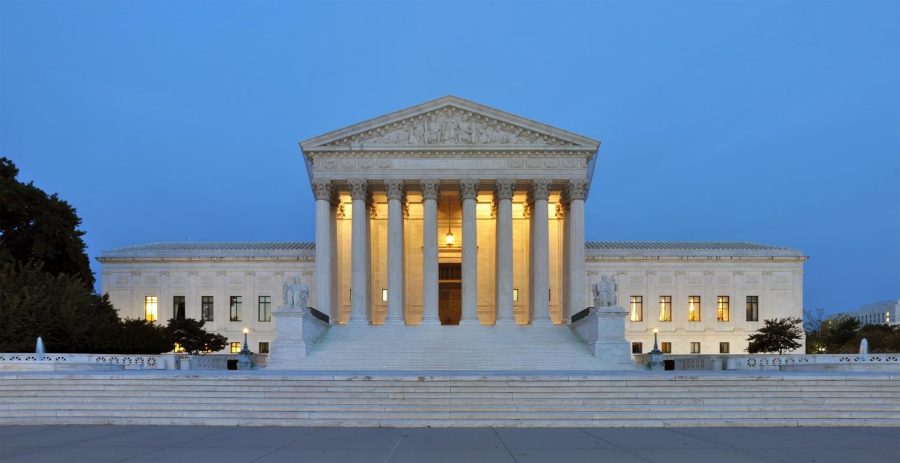Tiffany McKinney, a psychology major, checked her e-mail in the Union Friday afternoon like millions of other people do every day all over the world.
McKinney, like those other millions, had no idea where the Internet came from. She did not know it started at the U and three California schools 35 years ago.
“All right. Go U!” she said after finding out.
In 1969, the U.S. Department of Defense’s Advanced Research Projects Agency leased lines from telephone companies to link computers at the University of California, Los Angeles with Stanford University.
Soon after, the network was extended to UC-Santa Barbara and the U.
Each school had a computer science department contracted by the research agency, commonly known as ARPA.
Under the direction of Dave Evans and Ivan Sutherland, and with funding from ARPA, the U had developed the world’s most advanced computer graphics program.
Rich Riesenfeld, professor in the School of Computing, was a faculty member under Evans.
He said the network began as a way for ARPA contractors to share resources.
Robert McDermott, a staff scientist for visualization at the Center for High Performance Computing, was a doctoral student at the time.
Computing for graphics projects at the U could sometimes be better done by the machines at Stanford. The network allowed them to send the data back and forth, McDermott said.
Each computer at each school was very different and was built for different purposes, Riesenfeld said. The scientists at the various schools were eager to find a way to share their resources.
Only it didn’t work.
Each machine’s environment was so different, he said, that when a researcher at the U contacted Stanford, they didn’t know how to work the program.
Despite the need and excitement over the idea, it was essentially a failure, Riesenfeld said.
But the scientists began appreciating the convenience of electronic mail the network provided.
The project’s sponsor, Bob Kahn at the Department of Defense, decided to keep it going as a way for ARPA contractors to communicate easier.
Just as the Concorde jet received criticism for being too expensive to justify its operation, the Internet came under harsh criticism for its exuberant cost and limited benefits, Riesenfeld said.
“He stuck with the ‘net putting in a hell of a lot of money under criticism and great risk. It took a lot of courage, but he kept digging and finally found gold,” he said of Kahn’s dedication.
Besides the cost, the technology also created a schism among computer scientists.
Only researchers working for ARPA could use the Internet, regardless of the importance or talent behind other projects, Riesenfeld explained.
“It created two classes within the field-the haves and the have-nots,” he said.
But after about 10 years, its value began to be recognized and the National Science Foundation expanded the program to make it available to researchers outside of ARPA.
At that point, e-mail was essentially the same as it is today.
The World Wide Web was introduced in 1991, allowing the Internet’s global spread and providing media tools needed to make it a valuable resource to individuals, companies, organizations and governments.











